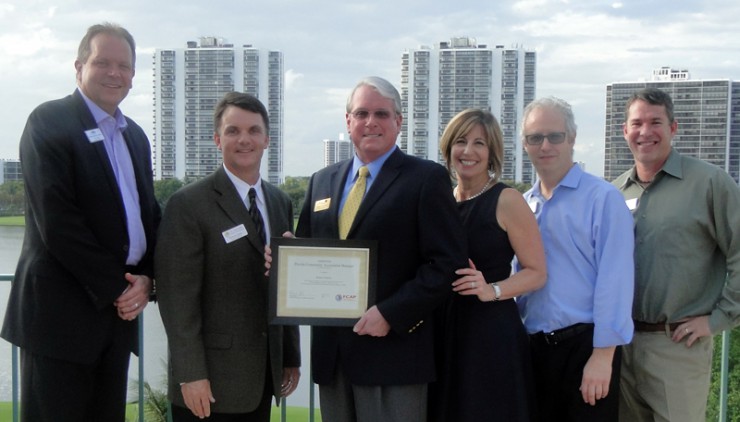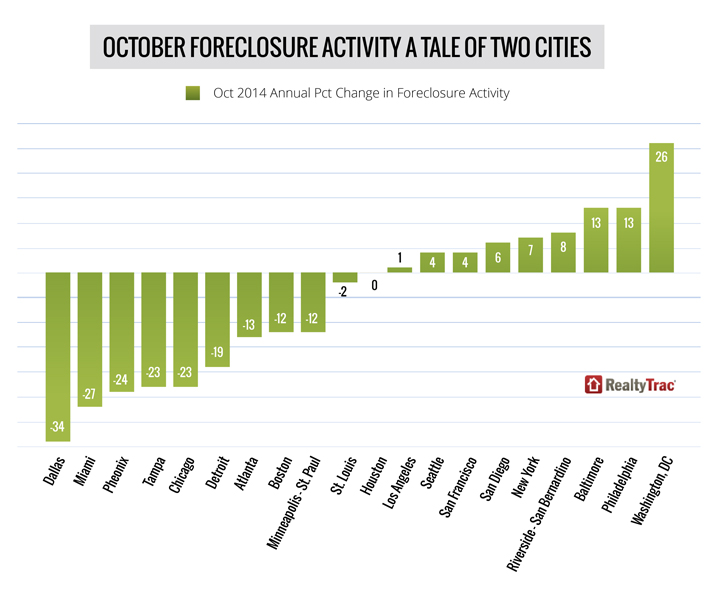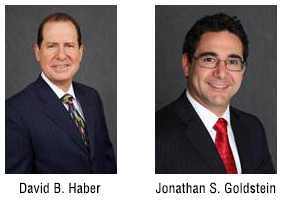by Jacob Epstein and David Podein

The tenant application process to a condominium association can be long, arduous, and sometimes, expensive. Associations often require that prospective tenants submit pages and pages of paperwork, undergo background and credit checks, and pay application fees. However, what information may the Association actually rely upon in making its decision to accept or deny a prospective tenant’s application? The answer is more complicated than you may think. When weighing the information discovered during the application process, the Association must consider: (i) whether the Association’s process for approving and/or rejecting prospective tenant applications complies with the Association’s governing documents and current laws; (ii) whether the evaluation criteria used by the Association will have a disparate impact on a minority group; and (iii) whether the Association can provide a prospective tenant with a specific and appropriate reason for rejection.
As a preliminary matter, the Association’s governing documents may not even grant the Association the power to approve or deny prospective tenants. Rather, such a decision may be left up solely to the unit owner/landlord. Additionally, the Association’s governing documents may or may not include the power to accept or reject a tenant for any reason or without having to provide an explanation. The Association should consult with its legal counsel before utilizing certain powers provided for in the governing documents, as sometimes, the very powers articulated in the those documents may be in violation of applicable laws.
If the Association does have tenant approval power, whatever the reason for rejecting the tenant, the Association must be prepared to explain. Miami-Dade County Ordinance Section 11A-18.1(b) requires that the Association must: (i) provide notice within 45 days of any tenant application rejection, and (ii) state, with specificity, the reason for the rejection. The Association should be prepared to provide this explanation even if the Association’s governing documents do not require the Association to do so.
Additionally, the federal Fair Housing Act1 (more commonly referred to as the “FHA”) and Florida’s Fair Housing Act2 each provide numerous protections from discrimination by housing providers, including condominium associations. Prior to denying an application, and prior to offering a “reason” for the denial, the Association must ensure compliance with these laws, the reach of which was recently expanded by the United States Supreme Court. Under the Court’s decision in Texas Dept. of Housing and Community Affairs v. Inclusive Communities Project, Inc.3, if a housing provider’s resident acceptance policy has a “disparate impact” on a minority group, such a policy would fall under the purview of FHA prohibited practices. For example, if it can be demonstrated that the Association’s reliance on a certain type of background check to reject tenant applications has a disparate impact on a minority group, the Association may open itself up to potential FHA liability.
The FHA prohibits housing providers from refusing to “otherwise make unavailable or deny, a dwelling to any person because of race, color, religion, sex, familial status, or national origin.”4 Despite the FHA’s language, which provides protections for minority groups based on race, color, religion, sex, familial status, or national origin, the FHA’s reach has been expanded to protect other minority groups not specifically listed in the statute. Specifically, the Department of Housing and Urban Development has warned housing providers of potential FHA liability for denying tenant applications based on requests by individuals with disabilities to reside with assistance animals.5 Associations must be careful to ensure that their tenant application policy and reasons for denying tenant applications do not have a “disparate impact” on any particular race, sex, or people of any particular national origin or familial status, or for that matter, on people with disabilities.
Despite this recent expansion of the FHA’s reach, Associations retain the discretion to reject tenant applications for a variety of reasons. In the Inclusive Communities Project opinion, Justice Kennedy explained: “An important and appropriate means of ensuring that disparate-impact liability is properly limited is to give housing authorities and private developers leeway to state and explain the valid interest served by their policies.” For example, prior to the Inclusive Communities Project decision, certain federal Courts found that limiting the number of occupants in a unit can be an acceptable policy under the FHA. The Association should carefully consider its policy regarding tenant applications, specifically the criteria used by the Association in making its decisions, to ensure that “valid interests” are protected by such policy. A careful analysis – – and potential corresponding adjustment – – of the Association’s tenant acceptance policy could protect the Association should a disgruntled applicant bring a FHA claim against the Association.
It is dangerous for Associations to deny tenant applications without having a specific, justifiable basis, as such a rejection may open the Association up to potential liability. Reliance on outdated governing documents to reject “undesirable” tenants could lead to liability under the FHA and/or violation of local ordinances. Whenever a tenant application is about to be denied, the Association must be ready to provide the specific reason for the denial, with such reason having its basis in a counsel-reviewed, tenant application policy. Although nothing will completely prevent challenges by applicants and potential liability in this process, the Association should consult with legal counsel, and carefully evaluate whether any changes to its tenant application process are necessary to prevent discrimination against a minority group or to ensure compliance with applicable laws and the Association’s governing documents. Addressing any flaws in the Association’s tenant application process now may help to prevent or reduce litigation down the road.
 Jacob Epstein is an associate with the Miami-based law firm of Haber Slade, P.A. He concentrates his practice areas on business litigation, condominium and community association law, construction law, and real estate litigation. He can be reached at jepstein@dhaberlaw.com.
Jacob Epstein is an associate with the Miami-based law firm of Haber Slade, P.A. He concentrates his practice areas on business litigation, condominium and community association law, construction law, and real estate litigation. He can be reached at jepstein@dhaberlaw.com.
 David T. Podein is a senior associate at Haber Slade. He concentrates his practice in the areas of complex commercial and business litigation, real estate leasing and construction, contract negotiations, real estate development disputes, condominium and community association law and bankruptcy litigation. He can be reached at dpodein@dhaberlaw.com.
David T. Podein is a senior associate at Haber Slade. He concentrates his practice in the areas of complex commercial and business litigation, real estate leasing and construction, contract negotiations, real estate development disputes, condominium and community association law and bankruptcy litigation. He can be reached at dpodein@dhaberlaw.com.
1 42 U.S.C. § 3604.
2 Fla. Stat. § 760.23.
3 Texas Dept. of Housing and Community Affairs v. Inclusive Communities Project, Inc., 135 S.Ct. 2507 (2015).
4 42 U.S.C. § 3604(a).
5 See Mem. from U.S. Dept. of Hous. and Urban Dev. on Service Animals and Assistance Animals for People with Disabilities in Housing and HUD-Funded Programs, FHEO-2013-01 (April 25, 2013).
6 Texas Dept. of Housing and Community Affairs, 135 S.Ct. at 2522.
7 Mountain Side Mobile Estates Partnership v. Secretary of Hous. and Urban Dev., 56 F.3d 1243 (10th Cir. 1995); U.S. v. Weiss, 847 F. Supp. 819 (D. Nev. 1994).














